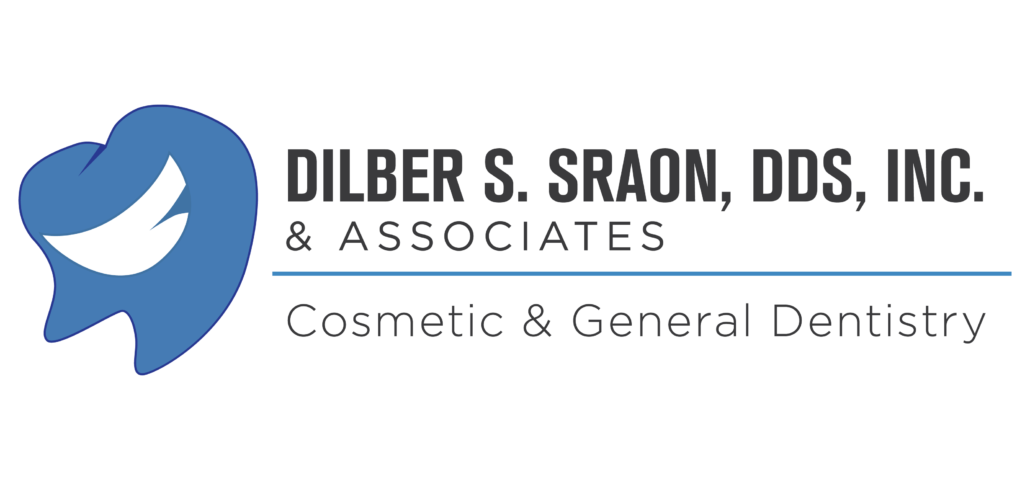Keep the fright away from your bite!
Fall is sweet: from the beautiful cooler temperatures and colorful leaves, to every kid’s favorite night—Halloween. It’s easy to see why kids love Halloween; they get to dress up, have fun with their friends, and take home a huge haul of candy at the end of the night. But when it comes to oral health, that candy can be a nightmare.
Candy is high in sugar, and sugar is one of the leading causes of tooth decay in mouths of any age. When sugary particles get stuck in your teeth, they can often stay there, causing a layer of plaque to form and bacteria to make itself at home in your mouth. This bacteria breaks particles down for fuel which increases the acidity in your mouth. That acidity can cause the protective layers of your teeth to erode, letting bacteria permeate the surface and damage the teeth, potentially permanently.
Plaque can also cause irreparable damage to teeth if not consistently removed. Plaque is soft and sticky to begin with, so as you can imagine, consuming soft, sticky candy—like gummies and caramel—only increases the likelihood of plaque formation. Sour candies and hard candies are double threats, because not only can the stickiness get trapped in your teeth, but the acidity of sour candies can harm the enamel, and hard candies could break your teeth if they are bitten down on.
But there’s good news for chocolate lovers! While chocolate is still sugary, and can harm the teeth if it remains on the surface for an extended period, it does not bond to the nooks and crannies of teeth in the same sticky way as soft, gummy, or sour candies.
For these reasons, we recommend staying away from candy altogether, and opting for less harmful treats like stickers, spider rings, glow-in-the-dark party favors, or trail mix. But if your kids do end up with more candy than they would typically be allowed to have, there are ways to minimize the harm.
It’s always good to stay hydrated, but that becomes especially important after a rush of sugar. Drinking water after indulging in a Halloween treat will rinse out some of the sugar more than saliva can on its own. Brushing teeth after candy is also a great idea, but only after 30 minutes have gone by. Waiting before brushing allows the saliva to stabilize the pH of the mouth and helps avoid adding more corrosiveness to the surface of the teeth caused by acidic candies.
Another idea is to limit the time of day when your kids can dig into their stash. After dinner is a perfect time to let kids have a piece or two, especially since they will be brushing their teeth soon after, right before bedtime.
In summary, here are our tips for a spooKLEAN Halloween:
- Be selective when keeping candy: chocolate can be rinsed away easily, and sticky candy cannot.
- Set a limit: one or two pieces each night after dinner is a great place to start.
- Wash it away with water: a big glass of water is the best way to combat a sugar overload.
- Donate your candy: send candy to service people who will not get to have Halloween at home.
The most important tip is to brush and floss regularly—all the time, not just on Halloween—and to make sure your child comes to see us for regular cleanings. Is it about that time? Call us today to schedule an appointment.

